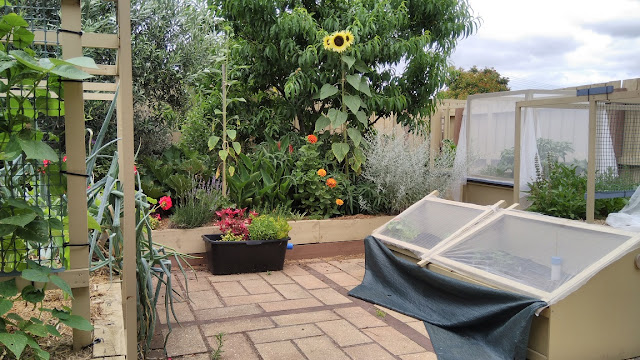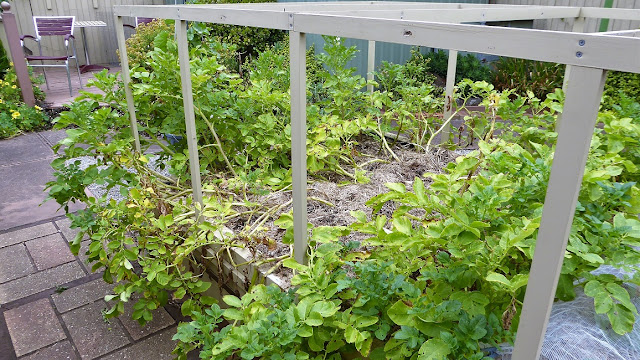 |
| My butternut pumpkins are comfortable in the warmer weather. |
 |
| I have to say its taken a couple of seasons for the purple coneflowers to get established, but they are starting to look good now. |
 |
| They sell organic vegetable seedlings, fruit trees and bushes through this well stocked shop. |
 |
| The bees have been busy pollinating my thornless hybrid blackberry plant. I managed to catch this one on the job. |














No comments:
Post a Comment